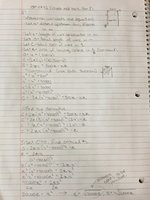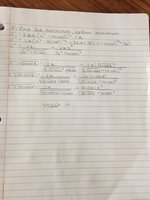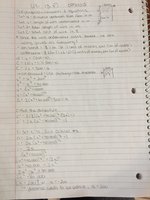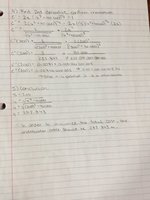Question:
An isolated farm house is located on the bank of a straight canal that is 200 m wide. Electric power for the house must come from a power station on the opposite side of the canal, 500 m downstream. If it cost twice as much to lay cable underwater as it does to lay cable on land, what path should be chosen to minimize the cost?
I am currently stuck in the creating an equation step, and would like a little assistance in getting started. The part that is confusing me is creating an equation without the actual costs. How would I write it not given the costs, but knowing one cost is double the other.
I do not have any work to show, as it is one of the first steps, but I will include the diagram. I will show the other question I am following as a reference.
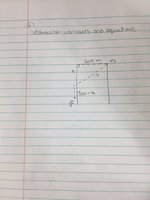
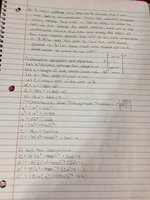
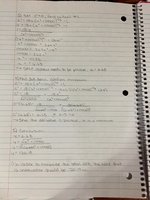
Diagram. Page 1 of reference, page 2 of reference.
An isolated farm house is located on the bank of a straight canal that is 200 m wide. Electric power for the house must come from a power station on the opposite side of the canal, 500 m downstream. If it cost twice as much to lay cable underwater as it does to lay cable on land, what path should be chosen to minimize the cost?
I am currently stuck in the creating an equation step, and would like a little assistance in getting started. The part that is confusing me is creating an equation without the actual costs. How would I write it not given the costs, but knowing one cost is double the other.
I do not have any work to show, as it is one of the first steps, but I will include the diagram. I will show the other question I am following as a reference.



Diagram. Page 1 of reference, page 2 of reference.

